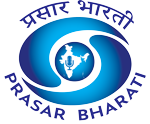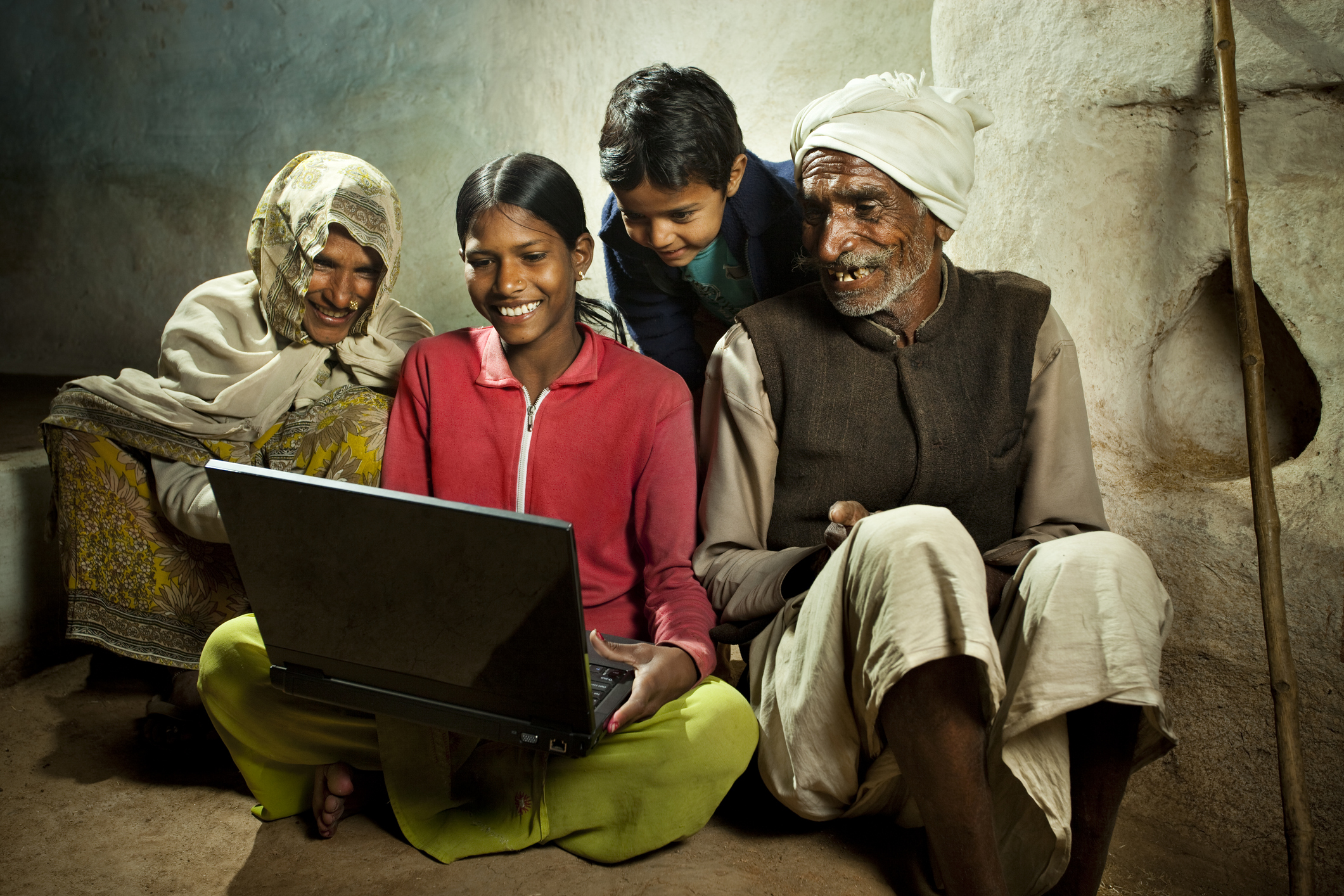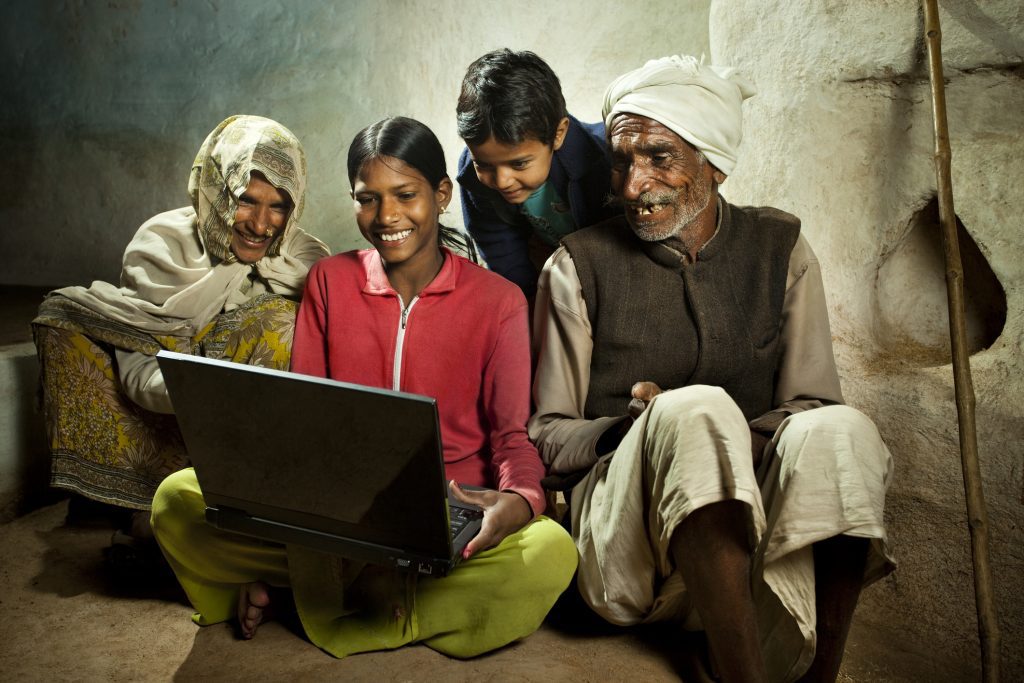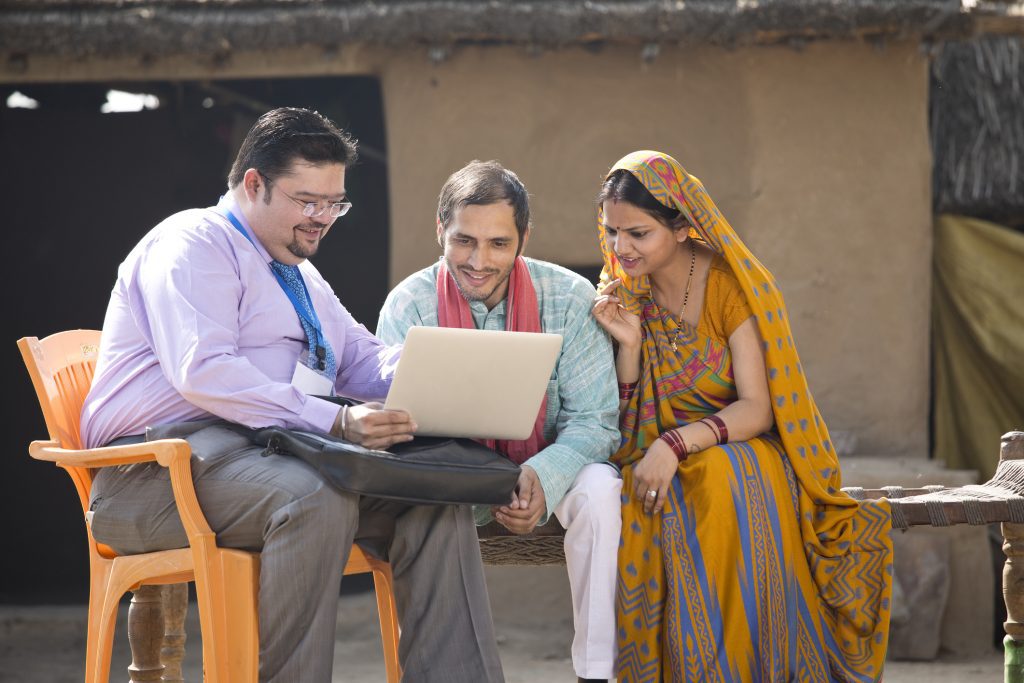As the world observes World Population Day 2025 with the theme “Empowering young people to create the families they want in a fair and hopeful world,” India is preparing for a demographic exercise- Census 2027 -which promises to be the country’s first fully digital population count and the first to include comprehensive caste enumeration since Independence.
The Ministry of Home Affairs officially notified the upcoming Census on June 16, 2025. This vast exercise will continue India’s unbroken legacy of systematic population counts that began more than 150 years ago. The Indian Census remains the single largest source of statistical information on the demographic, social, and economic characteristics of the people.
Historically, India’s census tradition dates back to ancient times, with early references in Kautilya’s Arthashastra and Ain-e-Akbari under Emperor Akbar. The first modern population census was carried out between 1865 and 1872, with the first synchronous census taking place in 1881. Since then, every decade has built upon this foundation to generate crucial data for governance and planning.
Post-Independence Developments
After Independence, the Census has grown in scale and scope, guided by the Census Act of 1948 and the Census Rules of 1990. From pioneering field checks in 1951 to technological advances in tabulation and digitisation in subsequent decades, the Census has continually evolved.
Notably, the Census 2011, the last completed enumeration, engaged over 2.7 million enumerators covering 640 districts, 5,924 sub-districts, 7,933 towns, and more than 6 lakh villages. It was conducted in 16 languages and integrated with the National Population Register.
Caste to be Counted for the First Time in Decades
In a major shift, the upcoming Census will include caste enumeration for all citizens — a step taken to ensure more comprehensive socio-economic mapping. Since Independence, only Scheduled Castes and Scheduled Tribes have been officially counted. States have often conducted separate caste surveys with varying transparency, prompting the Centre to integrate caste data collection within the main census to safeguard social harmony and data accuracy.
India’s First Digital Census
Census 2027 is set to be the most technologically advanced so far. For the first time, enumerators will use mobile applications for data collection, supported by a dedicated multilingual Census Monitoring and Management Portal. Citizens will also have the option for online self-enumeration, offering convenience and broader participation.
More than 35 lakh field functionaries will be trained to conduct the digital census, which will include in-built data validation systems to ensure accuracy.
Operational Details
The census will be carried out in two phases. For most parts of the country, the reference date will be the midnight of March 1, 2027. However, for the Union Territory of Ladakh, snow-bound regions of Jammu & Kashmir, Himachal Pradesh, and Uttarakhand, the reference date will be October 1, 2026.
Continuing Legacy, Embracing Innovation
Over the decades, the Census has provided invaluable insights for scholars and policymakers alike. From the first quality checks in 1951 to migration studies in 1971 and the full digitisation of data in 2001 and 2011, India’s census operations have continually adapted to changing needs.
The Socio-Economic and Caste Census (SECC) of 2011 was a notable milestone, employing handheld electronic devices for enumeration and resolving over one crore claims and objections, setting a precedent for digital approaches.
Significance for India’s Young Population
With nearly 65% of Indians under the age of 35, the data gathered will be crucial in designing policies for education, employment, and family planning. The new digital and caste-inclusive approach aims to make governance more responsive and equitable.












